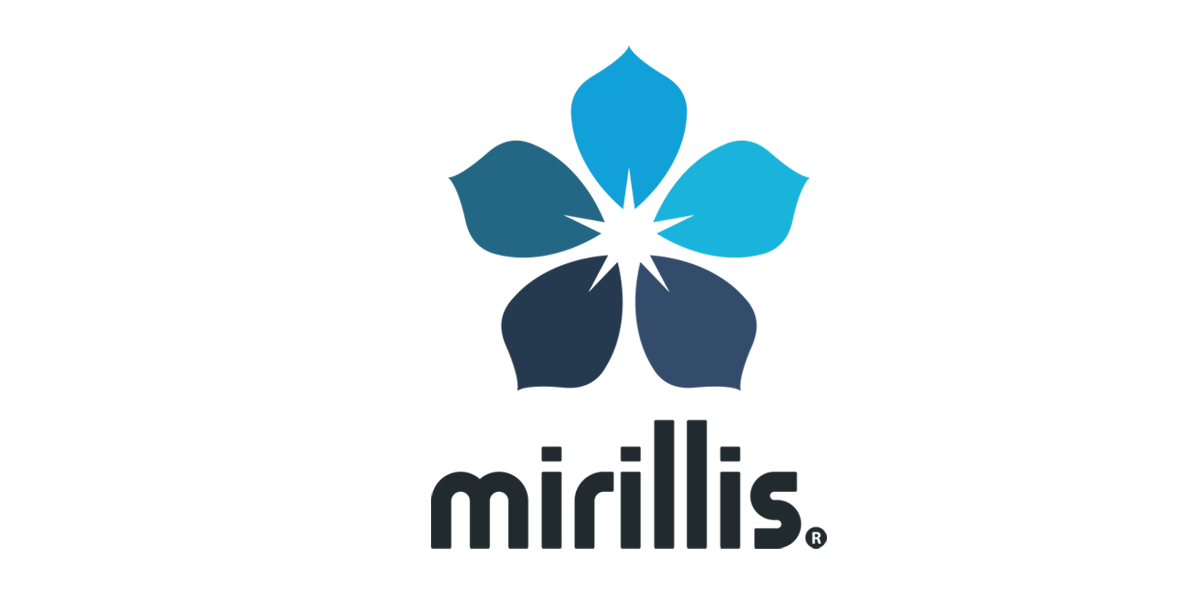Originally posted by Aleve Sicofante
View Post
Compared to the output from Quick Sync, NVENC appears to produce a softer image. However, if you compare the NVENC output to what we got from the software/x86 path you'll see that the two are quite similar.
The good news is that NVENC doesn't pose any of the horrible image quality issues that NVIDIA's CUDA transcoding path gave us last year. For getting videos onto your phone, tablet or game console I'd say the output of either of these options, NVENC or Quick Sync, is good enough.


Comment